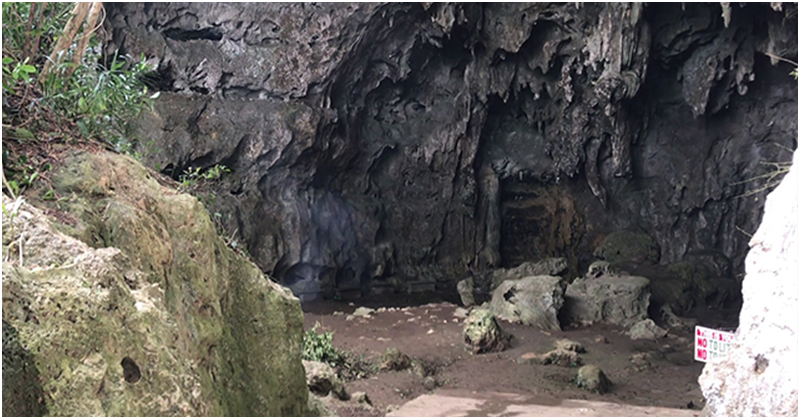In recent months, the Philippines has been put in focus under bad light, what with the criticisms drawn by the present administration’s war on drugs as well as the conflict stemming from the West Philippine Sea. Regardless of the situation, there’s no doubt that the world’s eyes are on us right now.
ALSO READ: Filipina Nurse in London to Receive Royal Citation for Community Work
And on that note, the country isn’t getting away from the spotlight just yet, but this time around for an entirely different reason, and an academic one at that.

New Philippine Artefact Uncovered: HomoLuzonensis
Filipino archaeologists have found a new human species in Callao Cave in the Cagayan Province, as shared in a report by BBC.
According to the report, the new discovery named Homoluzonensis, was coined after one of the Philippines’ main islands, Luzon, from where the fossils were found.

It all began back in 2007, when an excavation team led by Armand Mijares, a Filipino archaeologist from the University of the Philippines, found a toe bone from the floor of a limestone cavern of Callao Cave.
Noting that there was something peculiar about the bone as it did not resemble the “modern” kind, Mijares and his team kept on digging for four years, and in 2011, they were able to unearth more toe bones, finger bones, and others which were identified as part of a thigh and seventh teeth.
From then, it took the team eight more years, with the help of other international archaeologists, to examine and determine that the fossils were from three individuals, around four feet tall, who lived sometime between 50,000 and 67,000 years ago.
With this development, the international scientific community became excited – as a new human species has been discovered, which only further deepens (or sheds light on) the mystery of human evolution.
What is puzzling to many scientists though, is that the fossils of the Homoluzonensis resemble a cross of that of the modern man and ape. The toe bone, for instance, resembles closely to the toe of the Australopithecus, a tree-climbing ape-like creature presumed to have lived long before the evolution of humans.
The teeth, too, present a cross of modern human and that of its predecessors that lived millions of years ago.
For this breakthrough, Mijares noted that the Philippines became part of the evolutionary debate for the very first time. He added that the international community can now see that the country has been a breeding ground of discoveries related to human evolution and natural selection.
ALSO READ: Filipino Scholar Joins Russia’s Elite Space Program